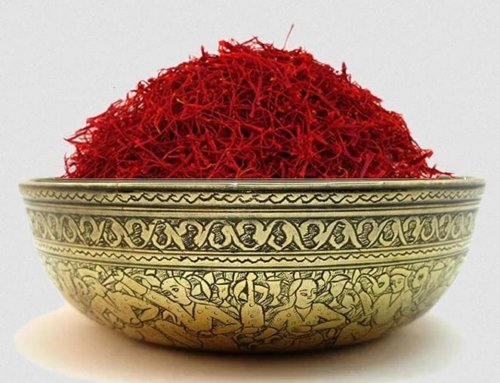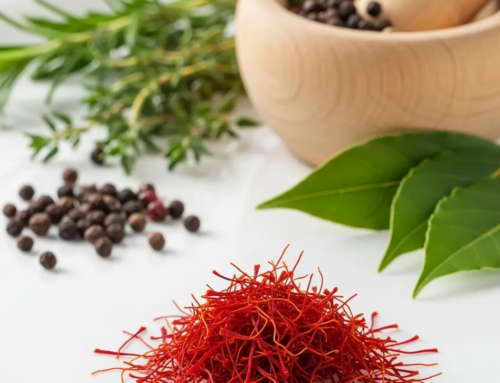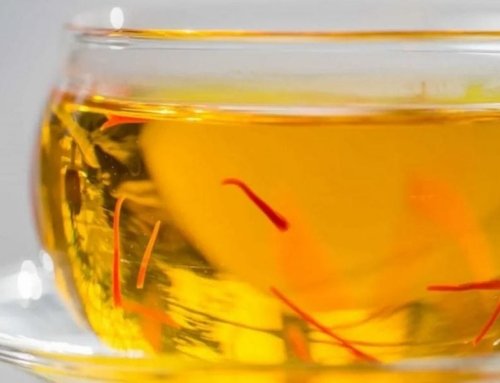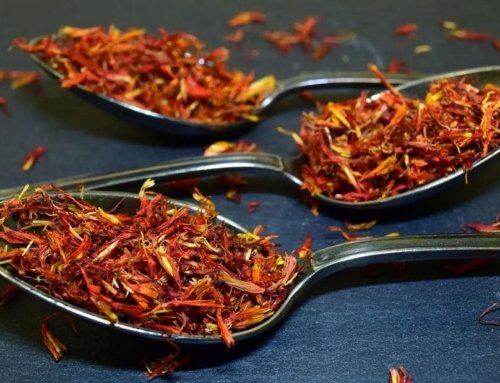 Antioxidants in Saffron: Nourishing for a Healthy Life
Antioxidants in Saffron: Nourishing for a Healthy Life
One of the key reasons for using saffron is the antioxidants it contains. Besides its unique aroma and flavor, saffron boasts significant amounts of antioxidants. Consequently, various parts of saffron, such as the stigma and petals, have become trusted sources for medicinal purposes.
Saffron’s Role in Fighting Free Radicals
Furthermore, the antioxidants found in saffron, in combination with other fruits and natural substances, play a crucial role in neutralizing or delaying the adverse effects of modern lifestyle habits and aging processes. These antioxidants help in maintaining balance within the body, contributing to better health overall.
Free Radicals and Antioxidants: A Natural Battle
In the body’s metabolic processes, two key elements are at play: free radicals and antioxidants. These opposing forces affect each other, often engaging in a constant battle. Free radicals tend to destabilize molecules, while antioxidants work to stabilize them, thereby preventing harm.
What Are Free Radicals?
Free radicals are molecules that lack an electron. As a result, they seek out electrons from other molecules, destabilizing them in the process. For example, the free radical H2O2 requires an electron to stabilize, and it will draw this from other molecules, potentially causing cellular damage, especially if vital areas such as genetic material are affected.
The Dangers of Free Radicals
Naturally formed through metabolic processes, free radicals are not always harmful in small amounts. However, excessive free radicals—often caused by unhealthy habits—can lead to severe damage. This includes conditions such as cancer, highlighting the need to protect the body from excessive free radicals through antioxidant-rich substances like saffron.
What Are Antioxidants?
Antioxidants possess an extra electron, which they can offer to free radicals to stabilize them. Notably, the human body produces antioxidants naturally to counteract the negative effects of free radicals. When antioxidants encounter free radicals, they effectively stabilize the molecules, preventing harmful damage.
How Free Radicals Harm the Body
Excessive free radicals can cause significant damage to various parts of the body, including the skin, proteins, and genetic material within cells. For instance, their impact may lead to conditions like cancer, premature aging of the skin, and impaired cellular function. Therefore, protecting the body from such effects is crucial.
The Healing Power of Saffron Antioxidants
Thankfully, saffron’s antioxidants, including crocin, lycopene, and several carotenoids, can help counteract the damage caused by free radicals. Predominantly found in the red stigma of saffron, these antioxidants contribute to the spice’s powerful medicinal properties. With 6.43 mg of phenolic compounds and 1.33 mg of flavonoids per gram of saffron, it’s an effective natural remedy for combating the harmful effects of free radicals.
Some Key Antioxidants in Saffron
- Crocetin
- Lycopene
- Alpha and Beta Carotene
- Crocin
- Picrocrocin
- Safranal
- Lutein
- Zaxanthin
- Selenium, Vitamin A, and C
Benefits of Antioxidants in Saffron
- Anti-cancer properties
- Antidepressant effects
- Improved skin clarity and vitality
- Liver protection from toxins and drugs
- Enhanced digestive health
- Improved heart and respiratory health
Conclusion: How Saffron Can Protect Against Free Radicals
In conclusion, the impact of free radicals on our bodies can be profound, leading to potential damage at the cellular level. However, antioxidants in saffron provide a natural and effective solution, helping to reduce the harmful effects. By including saffron in your diet, you can better balance the damage caused by free radicals and lead a healthier, more vibrant life.







Get Social